
copyright © Wartime Heritage Association
Website hosting courtesy of Register.com - a web.com company
Wartime Heritage
ASSOCIATION
Remembering World War II
Yarmouth Connections

Name:
Ralph Everett Porter
Service Number:
Z24149
Rank:
Chief Mate
Service:
US Tanker SS Saint Mihiel, US Merchant Marine,
Awards:
Meritorious Service Citation
Merchant Marine Distinguished Service Medal
Date of Birth:
July 29, 1901
Place of Birth:
South Ohio, Yarmouth Co., Nova Scotia
Enlistment:
American Merchant Navy
Draft Card:
February 20, 1942
Address:
Baytown, Harris Co., Texas
Height: 5 feet, 8 inches
Complexion: Light
Hair Colour: Brown
Eye Colour: Hazel/Gray
Marital Status:
Married
Trade:
Standard Oil Company
Date of Death:
April 9, 1945
Age at Death:
43
Memorial:
United States Navy Memorial
Listed on the United States Navy Memorial, Washington, DC, United States
(Not Listed on the Yarmouth War Memorial)
Captain Porter was the son of Inglis Porter (1875-1952) and Rosetta (Pitman) Porter (1873-1931). His parents
married on July 1, 1899 in South Ohio. He had one sister, Janett. The family lived with his mother’s parents
in South Ohio, George and Janett Pitman. Ralph grew up in South Ohio, and was a Lieutenant Cadet
Instruction having attended the school of Cadet Instructors at Halifax between July 15, 1920 and August 14,
1920.
Ralph immigrated to the United States arriving in Boston of the SS Prince Arthur from Yarmouth on May 4,
1927. At age twenty-five he applied for US naturalization on July 5, 1927 in Providence Rhode Island. He
listed his residence as the SS F. H. Wickett in Providence Harbor. His occupation was listed as seaman.
The SS F. H. Wickett was owned by the Pan American Petroleum and Transport Co. and operated as the SS F.
H. Wickett from 1925 to 1931. It was later renamed the SS E.G. Seubert and sunk in Convoy PA-69 February
23, 1944 by uboat U-510 on route from Abadan and Bandar Abbas going to Aden and Suez.
He joined the Pan American Petroleum and Transport Co. on May 10, 1927. In continuous service as a licensed
officer from September 24, 1931, he was promoted to Chief Mate on October 4, 1940.
On the morning of September 24, 1943, the MS Esso Little Rock on which Ralph served as Chief Mate, left
Espiritu Santo with orders to load at Curacao.
Chief Mate Ralph E. Porter left the Esso Little Rock November 9, 1943 for his vacation. As War Emergency
Tankers, Inc. was in need of officers at that time, he was granted a special service leave of absence on
December 31, 1943 and appointed Master of the tanker Malvern Hill.
On March 11, 1945, he was assigned to command the new tanker SS Saint Mihiel, and on the following April 9
he lost his life when the Saint Mihiel was in a collision while bound for England in convoy.
The SS Saint Mihiel, with a capacity load of high octane gasoline collided at night with another tanker the SS
Nashbulk on passage from New York to Europe. The SS Saint Mihiel burst into flames, and the order to
abandon ship was given. Twenty-three of the crew escaped and were later being picked up by a destroyer
escort.
Still afloat, but flaming, at daybreak, it was decided to try to salvage the ship. Together with a repair crew
from two destroyers, Bruno Bernard Baretich, Second Mate on SS Saint Mihiel, the senior surviving deck
officer, and fourteen volunteer crew members, re-boarded the ship. Under his leadership the fires were
brought under control, engines turned over, and by utilizing the after emergency steering gear, and stationing
himself in the bow -- the bridge having been completely gutted -- the SS Saint Mihiel was successfully brought
to New York. The still smouldering fires were then extinguished and the valuable cargo was salvaged and the
vessel repaired.
In 1945 the War Shipping Administration awarded the Merchant Marine Meritorious Service Medal to Chief Mate
Ralph Everett Porter and two members of his lifeboat crew which rescued the Navy fliers in the Pacific-Junior
Engineer Stig Uno Mofelt and Boatswain Melvin Louis Eades. The citations were the same except for the
reference to each individual.
The medal awarded to Chief Mate Porter was received by Mrs. Ralph E. Porter at a ceremony in the Boston
office of the War Shipping Administration on August 2, 1945. The presentation was made by Irving T. Sorge,
Special Assistant to the Atlantic Coast Director, W. S. A.
Chief Mate Ralph E. Porter was awarded the Merchant Marine
Distinguished Service Medal on November 13, 1945 by Captain
Hewlett R. Bishop, Atlantic Coast Director of the War Shipping
Administration, in the captain's office at 45 Broadway, New York.
Ralph lived in Medford, Mass, U.S. at time of his death. He was
married with four stepchildren.
A burial stone for Ralph Everett Porter is located in the Yarmouth
Mountain Cemetery, Yarmouth NS.
Ralph Everett Porter
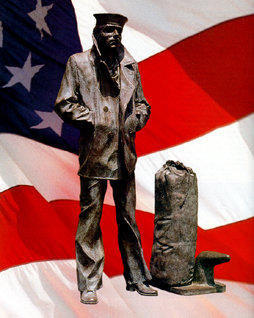
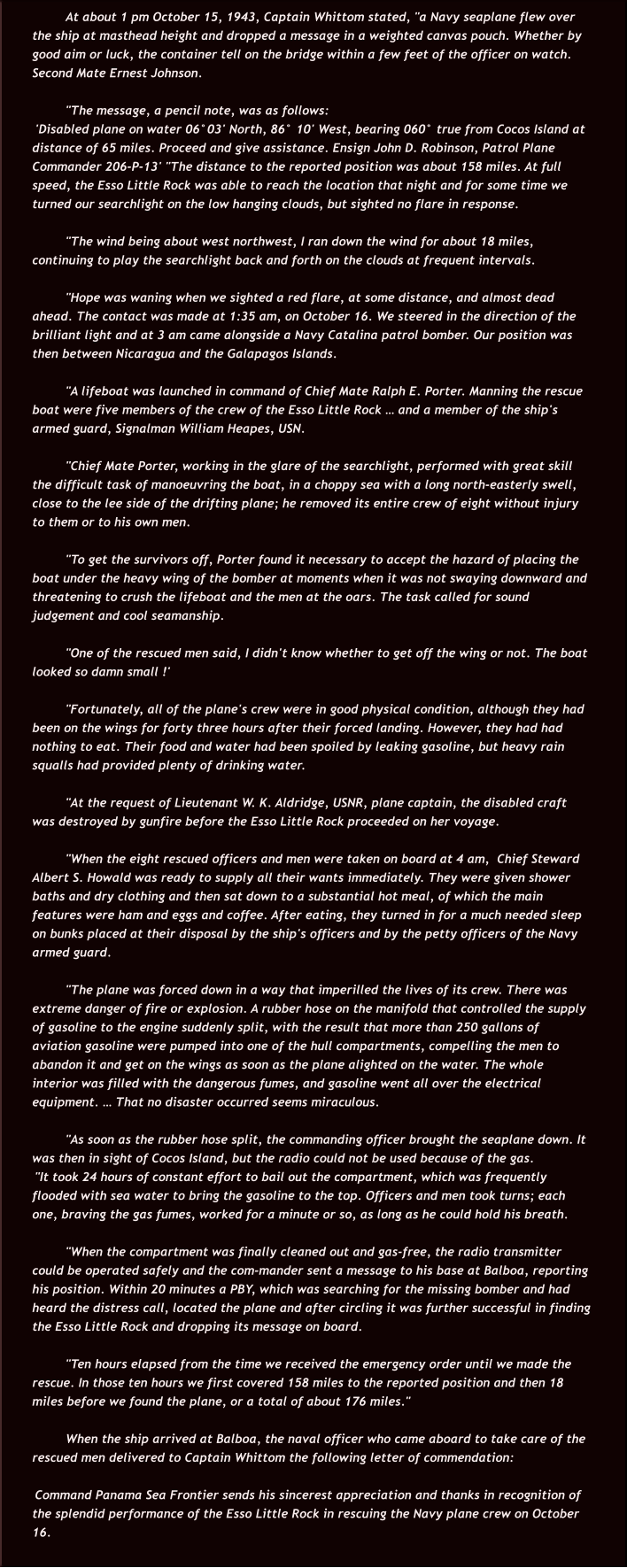
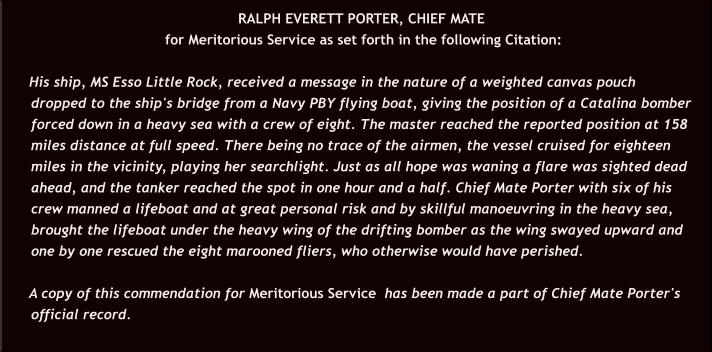
Sources:
Auke Visser's International Esso Tankers site
http://www.usmm.org/heroes.html
http://usmm.org/killed/pq.html
American Battle Monuments Commission: Francis Schwartz
findagrave.com
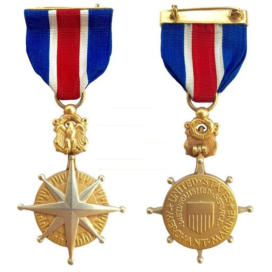
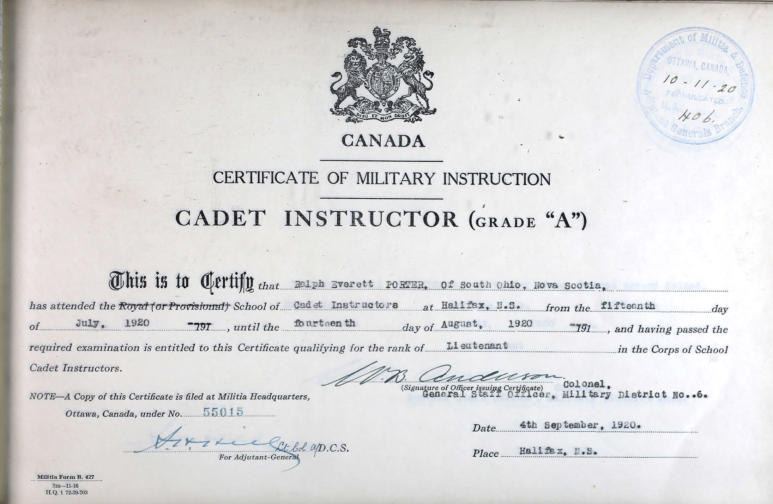
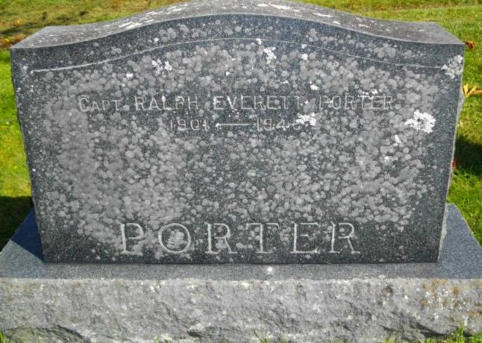
Yarmouth Mountain Cemetery, Yarmouth, NS.


- World War I - Menu
- WWI Stories and Articles
- Photos - Yarmouth Soldiers
- Selection of World War I Songs
- WWI Casualties of Yarmouth, NS
- Those Who Served - Yarmouth, NS
- WWI Casualties Digby Co. NS
- WWI Casualties Shelburne Co. NS
- Merchant Mariners (1915) Yarmouth, NS
- Canadian Forestry Corps - Non Yarmouth Birth/Residence Enlistments
- US Draft Registry - Yarmouth NS Born


- World War II - Menu
- WWII Stories and Articles
- Telegraphist Air Gunners
- WWII Casualties of Nova Scotia
- US Casualties with NS Connection
- Far East/Pacific Casualties with NS Connection
- Merchant Navy Casualties Nova Scotia
- Nova Scotia WWII Casualties Holten Canadian War Cemetery
- D-Day Casualties - Nova Scotia
- CANLOAN Program Casualties - Nova Scotia
- Battle of the Bulge Casualties - Nova Scotia
- WWII Casualties Yarmouth NS
- Yarmouth Casualties - RCAF RAF Canadian Army WWII
- Yarmouth Co., Marriages WWII
- Casualties Non-Born/Residents with Connection to Yarmouth Co., Nova Scotia.
- WWII Casualties Digby Co., NS
- Non-Nova Scotian WWII Casualties Buried in Nova Scotia
- WWII RCAF Casualties Aged 16-18
- Brothers/Sisters Who Served - World War II














